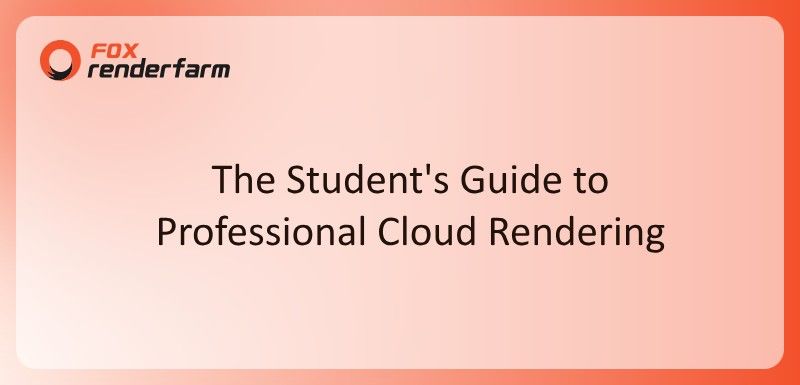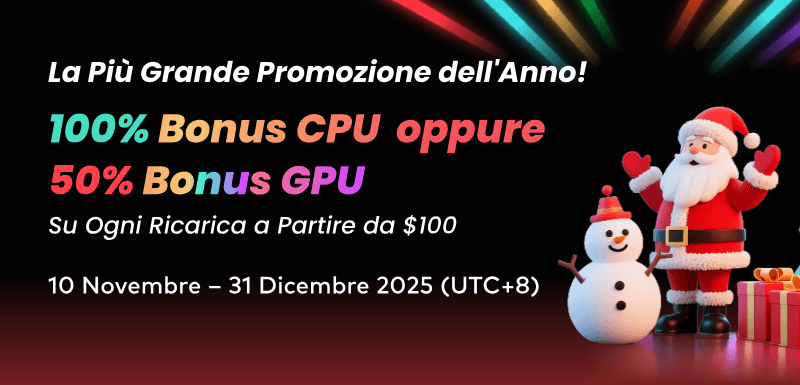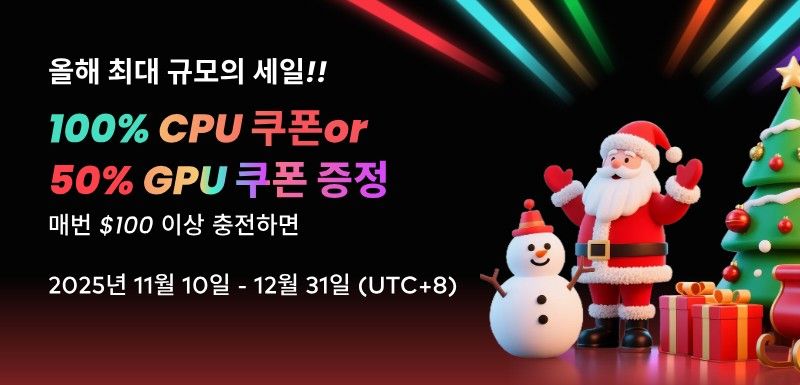The world of 3D animation is growing fast, and lifelike character movement has become more critical than ever. When it's for video games or animated films, smooth motion helps bring digital characters closer to real life. Here, the most powerful method that designers or artists use is called skeletal animation. This technique works like the human body, where a hidden skeleton controls the movement of the outer body.
Apart from drawing every frame, artists build a digital bone structure that drives how the character moves. This makes it easier to adjust poses and reuse animations without starting from scratch. Thus, this article explores what skeletal animation is and how it works. When local devices cannot keep up, we will introduce a trusted tool called Fox Renderfarm that helps speed up the process by using powerful cloud servers.
Part 1. What is the Skeletal Animation Technique?
It is a method used in 3D graphics to make characters move in a smooth and natural way. Instead of moving the whole character, one piece at a time, artists build an invisible structure inside the model. Thus, this process or structure is called a skeleton, made of joints and bones. Plus, each bone helps control a part of the character’s body, like an arm or head.

Once the skeleton is added to the character, the artist can move the bones to create motion. This makes it much easier to animate walking or waving. The surface or skin of the character follows the movement of the bones, which is known as bone animation. This technique is very common in video games and animated films, helping you bring characters to life without a lot of extra work.
Part 2. How Skeletal Animation Works?
This process uses a two-system approach to control how a 3D character moves. Its first part is the skeleton, a hidden set of bones and joints placed inside the character. These bones are not visible, but they are essential as they control the shape and movement of the model. The second part is the mesh, which is the outer skin or surface of the character that people see.
When a bone moves or rotates, the mesh moves with it. As an example, if you move the arm bone, the whole arm of the character will follow. Artists can create movements like walking or jumping by moving and rotating these bones. This process is called skeletal animation, and it helps artists save time. Apart from redrawing every moment frame by frame, they just move the bones, and the animation updates automatically.
Part 3. Main Process of Creating Skeletal Animation
Moving forward, creating skeletal animation takes a few straightforward steps that help turn a still 3D model into a moving character. Each step builds on the last to make sure the result is smooth and ready for animation. Thus, let's dive below to explore its primary process in detail to help you learn the creation task:
- Modeling: The process begins with designing the 3D characters as artists create the shape and details of the model using simple tools. This stage only focuses on the outside design without adding any bones or movement.
- Rigging: At this stage, a skeleton is added inside the 3D model with bones and joints that act like the real body. This structure is placed with extreme precision to let the character move according to the requirements.
- Skinning: In this stage, the mesh moves when the bones move, as it is linked to the bones. In addition, it is the core of smooth bone animation and helps parts like arms or legs bend naturally.
- Animating: Artists create motion by setting bone animation positions frame by frame, which are connected to form actions like running or jumping. Plus, this timeline helps control the speed and flow of each move.
- Refining: Once the basic motion is ready, artists smooth out rough movements and fix minor issues. This step adds fine touches to make the animation look clean and professional.
- Exporting/Integration: The final animation is saved and prepared for use. Artists can export the file and add it to games, movies, or apps.
Pro Tip for 3D Artists: Improve 3D Rendering Efficiency
After learning the whole process of creating skeletal animation, it needs to be rendered into images or videos. Yet, rendering can take a long time and uses up a lot of computer power. That's why many artists look for faster and smarter ways to handle this part of the project. A great solution is to use an online render farm service like Fox Renderfarm.

It allows you to render your projects using powerful online servers instead of your own device. This render farm also supports many tools and plugins, including Blender, Maya and Unreal Engine. When working on a simple scene or a whole film project, opting for this service can save you hours or even days. For any sort of issues you come across at any time, contacting the support team through live chat, WhatsApp, or email is an effortless task.
Key Features
- Rendering Support: It even lets you opt for CPU or GPU rendering based on your project’s needs. This flexibility is significant because some software works better with a GPU, while others may require CPU power.
- Safe & Secure: It is ISO27001 certified and is a TPN-accredited vendor, which means it follows strong safety rules. You can also request an NDA for added peace of mind during projects.
- Render Nodes: Fox Renderfarm gives you access to thousands of powerful machines called render nodes. This means your job can be divided and processed in parts, all at once.
- API Support: When you’re part of a big studio, you can use the API to connect Fox Renderfarm with your internal tools and workflows. It makes adding rendering to your production process easier without changing how your team works.
- SSD Storage: All data is saved on fast SSD drives that help prevent slowdowns or file access issues. This keeps your uploads and downloads running at full speed, even with large or complex files.
Part 4. Advantages of Skeletal Animation
Upon understanding how it works, it's time to explore the key benefits. From saving time to making lifelike motion easier, bone animation offers several strong advantages in 3D production. Here are some of the key advantages of this type of animation:
- Reusable Skeletons: Opting for it lets you use the same skeleton on different 3D models. That capability saves hours of work because you don’t need to build a new rig for every character.
- Natural Movement: Bone animation allows characters to move in a realistic and flexible way. By controlling each bone, you can bend arms, legs, or the neck smoothly.

- Character Control: Skeletal systems make it simple to move body parts by adjusting just a few bones. You don’t need to edit the full 3D shape as it moves the skeleton faster and more precisely.
- Lightweight Files: Instead of saving many detailed frames, skeletal animation saves only the bone movement data. This keeps the file size small. Moreover, it’s helpful in games or mobile apps where speed and memory are important.
- Cheap: Since skeletal animation is flexible and faster to create, it reduces overall production time and costs. Therefore, studios can focus more on creativity rather than technical limits.
Conclusion
To conclude, skeletal animation makes 3D character movement smoother and easier to manage. It helps artists save time and bring lifelike motion to games and films without redrawing every frame. To render your work quickly and with excellent quality, use Fox Renderfarm. It supports skeletal animation projects and offers strong, fast, and secure cloud rendering services for all creators.












